Carolina Silverbell Tree (Halesia ) – 1 Gallon Pot
$44.97 Original price was: $44.97.$31.48Current price is: $31.48.
SKU: D2LSC 8502980435 Category: NATIVE PLANTS
- Get the Best for Less
- No-Questions-Asked Returns
- Effortless Shopping, Quality Products
- 7 days free returns

Carolina Silverbell
Halesia tetraptera | Syn. Halesia carolina
Other Names: Common Silverbell, Mountain Silverbell, Opossum Wood, Shittimwood, Snowbell Tree
Plant Details
USDA Plant Hardiness Zones: 4a-8b Find Your Zone
Plant Type: Deciduous Flowering Tree
Height at Maturity: 20-35′
Width at Maturity: 20-30′
Spacing: 35 feet for space between plants
Growth Habit / Form: Upright, Broad, Rounded
Growth Rate: Moderate
Flower Color: White
Flower Size: Small Flowers, 1/2-3/4″
Flowering Period: Spring March or April to May
Flower Type: Single, Bell shape
Fragrant Flowers: No
Foliage Color: Dark Green; Yellow in fall
Fragrant Foliage: No
Sun Needs: Full Sun to Part or Mostly Shade; appreciates Afternoon Shade in Zone 8; Needs consistently moist soil in Full Sun or Part Shade
Water Needs: Average
Soil Type: Clay (amend heavy clay to ensure good drainage), Loam, Sandy, Silt
Soil Moisture / Drainage: Moist But Well Drained
Soil pH: 5.0 – 7.5 (Acidic to Neutral)
Maintenance / Care: Low
Attracts: Butterflies, Beneficial Pollinators, Visual Attention, Songbirds
Resistances: Cold Temperatures (-30F), Deer, Disease, Juglone (Black Walnut)
Description
A beautiful native North American native, the Carolina Silverbell is a small understory tree that can be found in the wild growing on moist slopes, bluffs, and stream banks in rich, mesic soil. It is adored for its pretty bell-shaped flowers which appear in drooping clusters of 3 to 5 in March or April, depending on location. It will bloom when only a few years old. Four-winged, brownish, nut-like fruits appear in the fall and often persist well into the winter. Attractive finely toothed, oblong ovate dark green leaves up to 5 inches long turn an attractive yellow in fall. A moderately fast grower to 35 feet tall and maybe as wide, the Carolina Silverbell is ideal for use in sunny or shady landscape and woodland borders and is especially at home near bodies of water. In hot-summer climates it will appreciate some filtered sun or shade during the afternoon hours and prefers a consistently moist soil.
Wildlife Value
The flowers attracts hummingbirds and support 7 different species of lepidopteran caterpillars including the Promethea moth. It is a host plant for the Eastern Tiger Swallowtail, Mourning Cloak, Eastern Comma, Red-spotted Purple, and Viceroy butterflies. Buds and flower clusters are eaten by birds. Butterflies, bees, and other beneficial pollinators enjoy the nectar from the flowers.
Note: Some horticulturists draw a genetic distinction between H. carolina and H. tetraptera. Both have the same characteristics but some feel that H. tetraptera is better acclimated to the more northern USDA Zones of 7 and 8.
Landscape & Garden Uses
Growing 20 to 35 feet tall and 20 to 30 feet wide, the Carolina Silverbell is ideal for use as a specimen or in groupings in sunny or shaded landscape or woodland borders. Since it likes a consistently moist soil it thrives on creek, stream and riverbanks and around lakes and ponds, but also adapts to average conditions in the home landscape. Make sure the soil stays consistently moist in full sun locations. A fine addition to native gardens, white theme gardens, cottage gardens, and woodland gardens.
Suggested Spacing: 35 feet or more apart for space between trees
Growing Preferences
Carolina Silverbell is easy to grow in a consistently moist but well-drained soil of average fertility and full sun to part shade. In hot-summer climates it will appreciate some shade or filtered sun during the warmer afternoon hours. If leaves begin to wilt during prolonged drought give the tree a deep soaking. No pruning is necessary except to remove a stray or broken branch.
Plant Long & Prosper!
Meet The Wilson Brothers & Staff
Questions? Contact Us!
Be the first to review “Carolina Silverbell Tree (Halesia ) – 1 Gallon Pot” Cancel reply
Related products
Sale!
Sale!
NATIVE PLANTS
Sale!
NATIVE PLANTS
Sale!
NATIVE PLANTS
Sale!
NATIVE PLANTS
Sale!
NATIVE PLANTS
Sale!
Sale!
NATIVE PLANTS









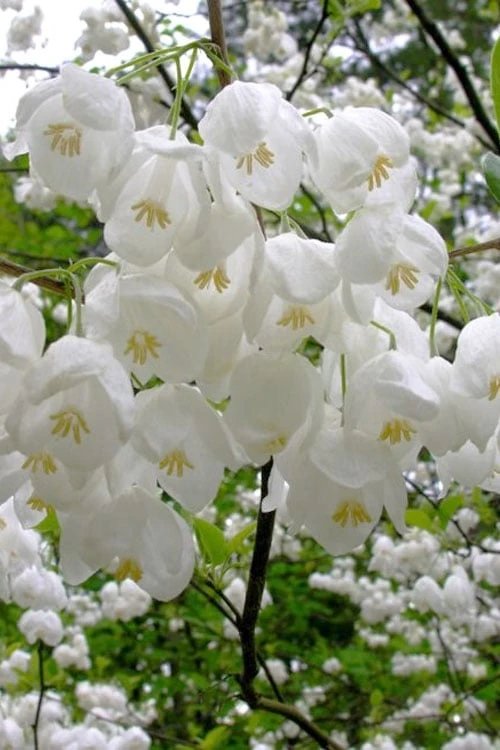







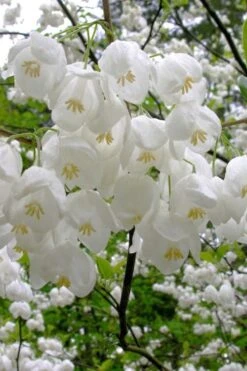
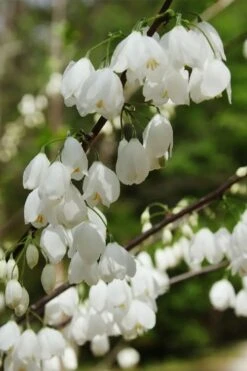
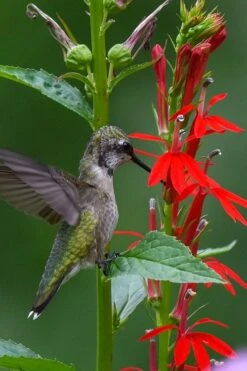





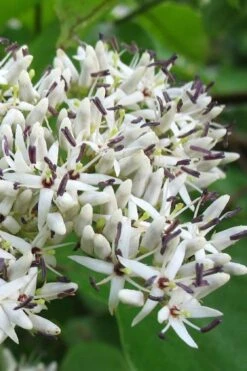

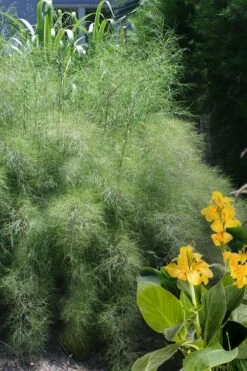

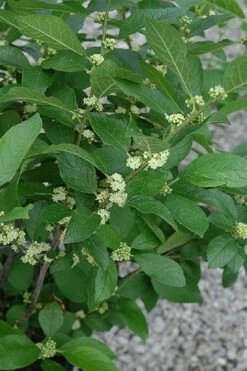





Reviews
There are no reviews yet.